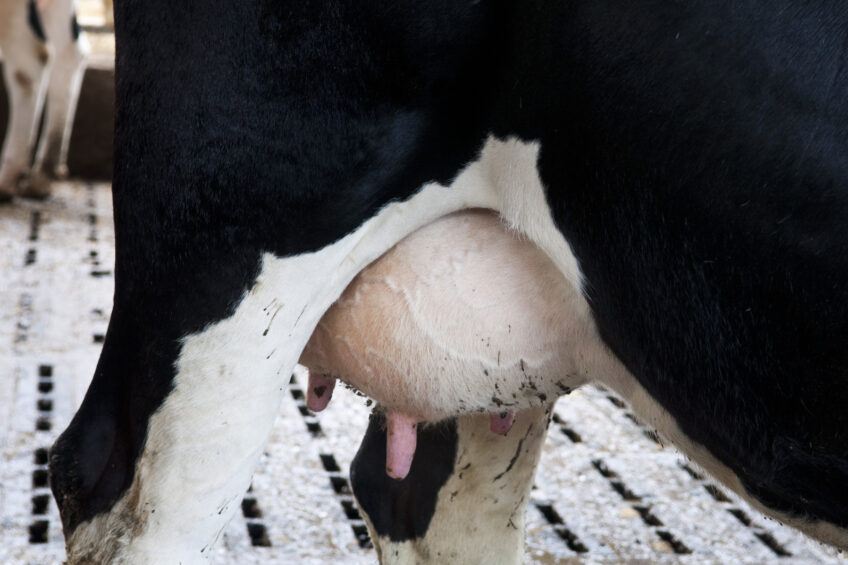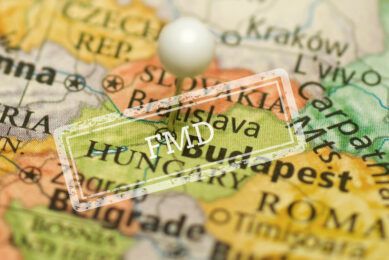EU ready for end of dairy quota

The end of the EU milk quota poses a challenge and opportunity for the EU dairy farmers, according to the European Commission.
The milk quota system was introduced on 2 April 1984 under the Dairy Produce Quota Regulations, at a time when EU production far outstripped demand.
But with today’s global demand for dairy products (especially rapid growth in demand in India and China), the quota system has become ‘old fashioned’. In addition, successive reforms of the EU’s Common Agriculture Policy have increased the market-orientation of the sector and provided a range of other, more targeted instruments.
4 million tonne growth predicted in EU milk production
The end of the EU milk quota system was announced in 2007. Since then, dairy farmers across Europe could make their strategic plans and to make investments in barns, number of cows etc. Rabobank already projected that the EU milk production is predicted to grow with 4 million to 148 million tonnes (2015-2020), compared to the current EU milk production. This projection was downsized from an earlier estimation in 2012, in which Rabobank estimated an increase of 10 million tonnes.
End of the dairy quota brings opportunity for job creation
The end of the milk quota provides EU producers with more flexibility to respond to growing demand, especially on the world market and create more jobs.
Speaking ahead of the end of the quota regime, EU Commissioner for Agriculture & Rural Development Phil Hogan stated: “The end of the milk quota regime is both a challenge and an opportunity for the Union. It is a challenge because an entire generation of dairy farmers will have to live under completely new circumstances and volatility will surely accompany them along the road.”
Hogan further said: “But it certainly is an opportunity in terms of growth and jobs. Through increased focus on valued added products as well as on ingredients for “functional” food, the dairy sector has the potential of being an economic driver for the EU.”
Join 13,000+ subscribers
Subscribe to our newsletter to stay updated about all the need-to-know content in the dairy sector, two times a week.










